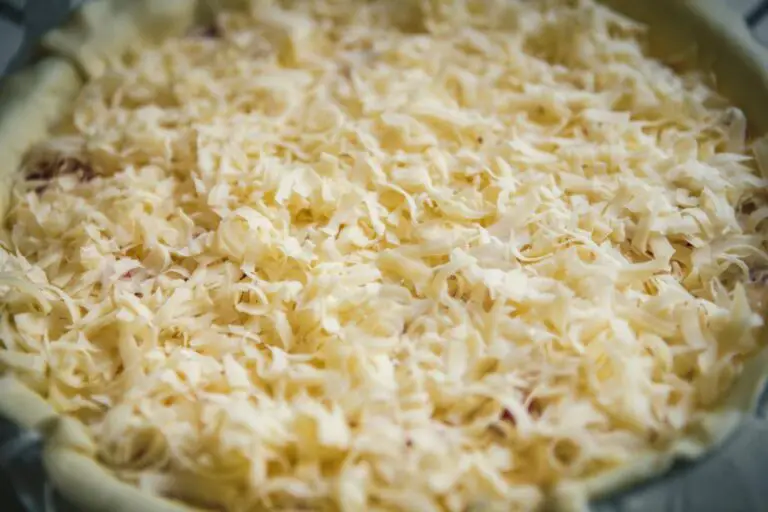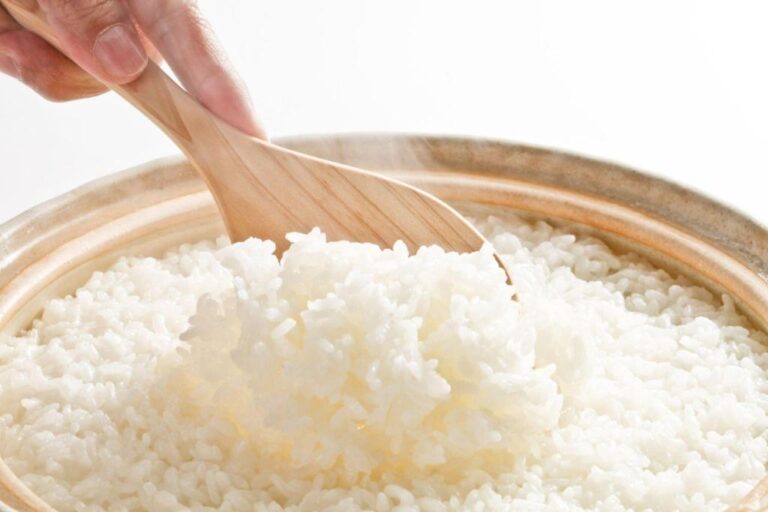The Best Way to Store Dry Rice in a Dry Storage Area

Imagine how nice it would be to pick up a big pile of perfectly cooked rice, each grain full and smelling like hope. As essential as rice is in many cuisines worldwide, its quality hinges greatly on how it’s stored before it ever meets your pot or cooker.
In fact, the art of storing dry rice correctly may not seem important at first, but it is very important. You must master the storage techniques for this humble staple. They guard against pests and keep flavors fresh. Doing so will elevate your cooking to new heights.
Our world is busy. Convenience often beats tradition. Learning to properly store dry rice could unlock its full potential. Proper storage techniques can do more than just keep food from going bad or becoming stale. They can also unleash a symphony of textures and tastes. They will surely turn even simple meals into unforgettable dining experiences.
Join me on this journey. We’ll delve deep into the fascinating realm of dry rice storage. This exploration holds not only practical wisdom, but also promises a tasty reward for those who pay heed.
Ideal Conditions for Storing Dry Rice

When it comes to safeguarding the quality and freshness of your dry rice, the environment in which it is stored plays a critical role. Good conditions make the difference. They ensure your rice stays fluffy, smells nice, and stays pest-free and dry.
To begin with, selecting an appropriate storage container is key. Airtight containers made of food-grade materials such as glass or BPA-free plastic are highly recommended to keep out humidity and pesky insects that may compromise the integrity of your precious grains.
Also, keeping a steady temperature in your storage area is key. It preserves the longevity of your dry rice. Ideally, choose a cool, dark spot away from direct sunlight and sources of heat like stoves or ovens. Fluctuations in temperature can cause condensation to form inside containers, leading to potential spoilage.
Prioritize these key aspects. They are proper container choice and good environmental conditions. They can extend the shelf life of your dry rice. They will keep its top-notch taste and texture for all your creations.
Containers Suitable for Long-Term Rice Storage
The type of container you use for long-term storage of rice is very important for keeping it fresh and stopping it from going bad. Opting for airtight containers, such as glass jars or food-grade plastic containers with secure lids, can effectively keep moisture and pests at bay.
Glass jars are transparent. They let you monitor rice levels and quality. They do this without exposing the rice to harmful elements. Also, investing in BPA-free plastic containers is a good idea. They are designed specifically for food storage. They can give you a handy and strong option for keeping your precious grains safe.
For those looking to store lots of rice, consider using food-safe buckets. They have tight-sealing lids. These spacious containers not only accommodate bulk purchases efficiently but also create an added layer of protection against humidity and external contaminants. To enhance the preservation process further, silica gel packets or oxygen absorbers can be placed inside the storage container before sealing it shut.
This extra measure helps absorb any excess moisture that may compromise the integrity of your stored rice over time, ensuring its longevity and quality are impeccably upheld.
Maximizing Shelf Life: Preserve Your Rice for the Long Haul
How you store your dry rice is very important if you want it to last as long as possible. Begin by transferring your newly purchased rice from its original packaging into airtight containers or resealable bags. This will help prevent exposure to moisture and pests, two common culprits that can compromise the quality of your grains over time.
Also, consider buying food-grade storage bins with tight lids for large quantities of rice. These bins offer better protection against humidity and dirt.
Also, where you store dry rice is important for how well it works. Opt for a cool, dark area away from direct sunlight and heat sources like stoves or ovens. Keeping rice within arm’s reach might be convenient. But, placing it near these appliances can make it spoil faster due to temperature changes.
Common Mistakes to Avoid When Storing Dry Rice
When storing dry rice, many people make a few common mistakes without knowing. These mistakes can greatly impact the quality and shelf life of this staple.
One major error is improper sealing of the storage container. It is crucial to ensure the container for storing dry rice is airtight. This keeps out moisture, which can cause white mold growth on rice and spoilage. Also, using containers not meant for food storage, like plastic bags or non-food grade bins, can cause contamination. It can also give your cooked rice an unpleasant
Another mistake often seen is storing dry rice in areas exposed to direct sunlight or heat sources. Excessive light and heat can cause the rice grains to break down more quickly and lose their nutritional value. It’s best to keep your rice stored in a cool, dark place away from fluctuating temperatures.
Lastly, overlooking proper labeling and rotation of stock can lead to forgotten batches of rice tucked away at the back of the pantry for years. Make it a habit to label your containers with purchase dates. Put older stock at the front for regular use before opening new packages.
How to Store Rice to Prevent Bugs
Despite storing rice in airtight containers in cold, dry places, bugs crawl into the rice. This requires repeated cleaning and rinsing. One of the most effective methods for eliminating bugs and preventing infection is to put bay or neem leaves inside loose rice canisters. Clove oil can also be used in the cleaner to sanitize your cabinet and kitchen shelves to avoid pest contamination.
Put an abundance of unpeeled garlic pods into the rice box and mix them thoroughly. This will help keep bugs away from rice containers. Replace the pods when they become dry.
Simply place weevil-infested rice in the sunlight if there is a significant amount of it. Insects dislike light and will seek out places that are dark and damp.
Thoroughly clean your pantry shelves, including all the tiny gaps. Also, vacuum and sweep the area. Wipe the surface off with white vinegar, a harmless disinfectant that is harmless to people.
How do I determine if Dried Rice Has Expired?
Identifying whether or not dry rice has gone bad is pretty easy. Simply inspect the packaging for symptoms of spoilage, such as cracks, insects, moisture, or wetness, which may result in mold growth.
Also, check the rice for slight discoloration. Also, check for a rotten or off-putting odor and a greasy look. If there are any indications that moisture has entered the package, discard that as well. Most expired rice is tainted with mold or fungi that create toxins, which can contaminate the food.
Indicators of toxin exposure vary from diarrhea, vomiting, and stomach cramps to spasms, unconsciousness, an elevated risk of cancer, and a weakened immune system.
Furthermore, mold infection of dried rice may diminish its nutritional value.
Therefore, if cooked rice is not refrigerated or frozen within two hours, the bacteria may release the toxins that cause illness.






